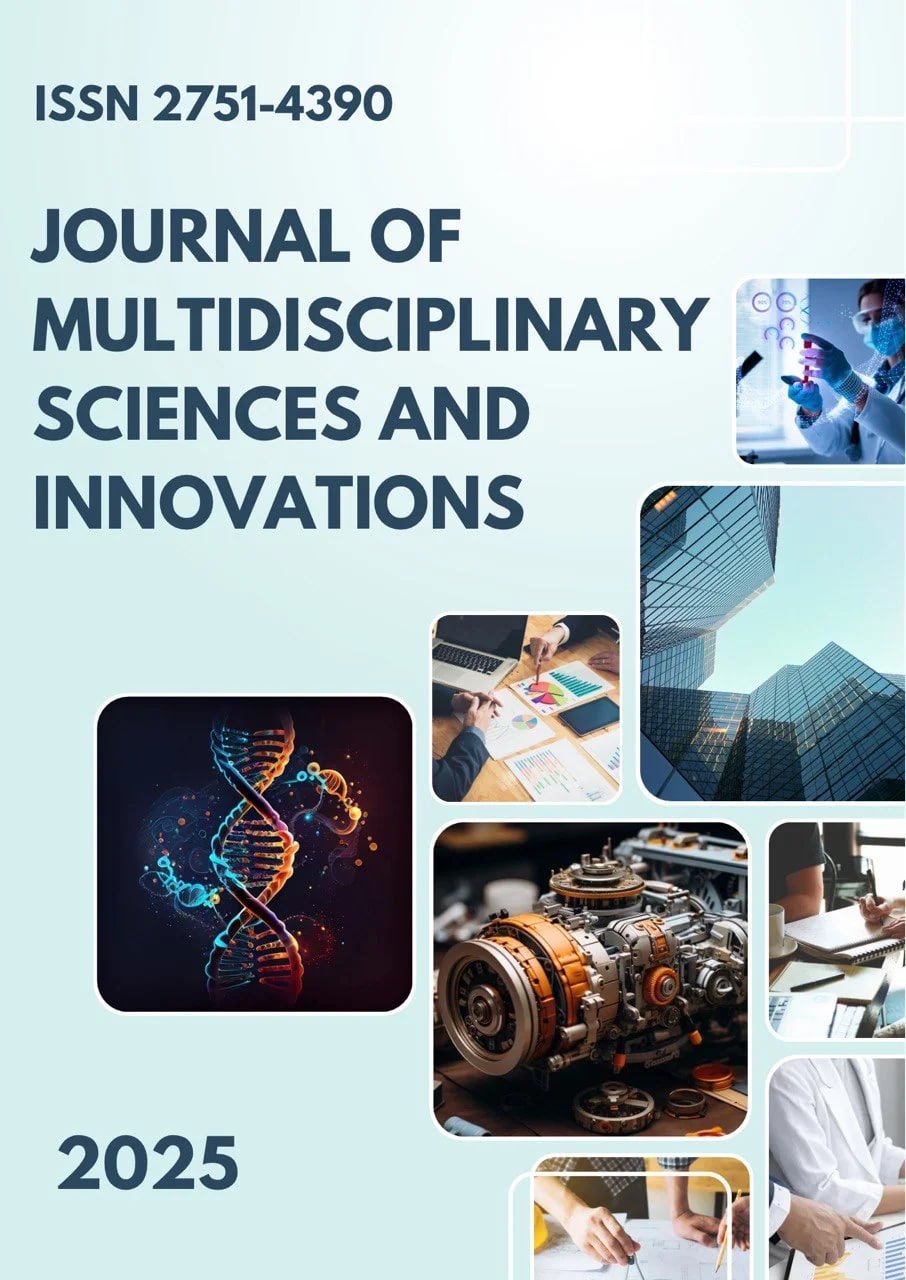MINIMIZING ENVIRONMENTAL IMPACT IN TRANSPORT INFRASTRUCTURE: INTERNATIONAL APPROACHES IN BRIDGE AND TUNNEL CONSTRUCTION.
Main Article Content
Abstract
This article examines the problem of increasing environmental impact in transport infrastructure, particularly in bridge and tunnel construction. The aim of the study is to analyze environmentally efficient construction approaches applied in different countries. Within this framework, the experiences of Japan, Germany, the Netherlands, and Sweden are explored, with a focus on methods to reduce waste, improve energy efficiency, and minimize the environmental impact of construction processes. The results highlight the possibilities of applying these practices in the context of Uzbekistan.
Downloads
Article Details
Section

This work is licensed under a Creative Commons Attribution 4.0 International License.
Authors retain the copyright of their manuscripts, and all Open Access articles are disseminated under the terms of the Creative Commons Attribution License 4.0 (CC-BY), which licenses unrestricted use, distribution, and reproduction in any medium, provided that the original work is appropriately cited. The use of general descriptive names, trade names, trademarks, and so forth in this publication, even if not specifically identified, does not imply that these names are not protected by the relevant laws and regulations.
How to Cite
References
1. Kitazawa, S., Tamura, T., Matsukida, M., & Takaku, M. (1999). Feasibility study of the incremental launching method for construction of an immersed tunnel. Proceedings of the Japan Society of Civil Engineers, No. 620/VI-43, pp. 23–34.
2. Kolbeck, L., Auer, D., Fischer, O., Vilgertshofer, S., & Borrmann, A. (2021). Modular bridge structures made of carbon fibre reinforced ultra-high performance concrete – Graph-based design and trajectory-sensitive manufacturing. Automation in Construction, Vol. 127, Article 103700.
3. Heinrich, J., Maurer, R., Reddemann, T., & Schnetgöke, T. (2024). Rapid construction method for bridges with long-span precast girders made of C80/95. Current Trends in Civil & Structural Engineering, IRIS Publishers, Vol. 10, Issue 4, pp. 743–751.
4. Volvo Construction Equipment & Skanska. (2022). Volvo CE partners on Sweden’s largest fossil-free worksite. Volvo Construction Equipment Official Release, Gothenburg, Sweden.
5. Volvo Construction Equipment & Stockholm City. (2024). Sweden’s largest fossil-free worksite advances to 50% electric operation. Volvo CE News & Stories, Gothenburg, Sweden.
6. Volvo CE, Skanska, & Stockholm City. (2024). Big reduction in emissions at Sweden’s fossil-free worksite. Volvo CE News Report, Gothenburg, Sweden.
7. Rijkswaterstaat. (2020). Bridge Bank: Circular construction and reuse of bridge elements in the Netherlands. Ministry of Infrastructure and Water Management, The Hague, Netherlands.
8. Rijkswaterstaat & TNO. (2021). Circular infrastructure: Reuse and recycling strategies for bridges and tunnels. Government Report, Netherlands Organisation for Applied Scientific Research, Delft, Netherlands.
9. Hossain, K. M. A., & Anwar, M. S. (2023). Sustainable bridge construction using recycled materials: A case study from the Netherlands. Journal of Cleaner Production, Vol. 412, Article 137280, pp. 1–12.
10. Bertola, N., Schiltz, P., Denarié, E., & Brühwiler, E. (2021). A Review of the Use of UHPFRC in Bridge Rehabilitation and New Construction in Switzerland. Frontiers in Built Environment, Vol. 7, Article 769686.

